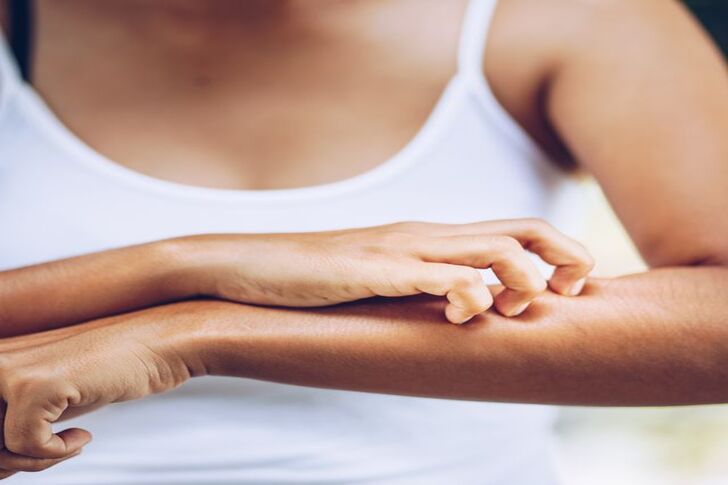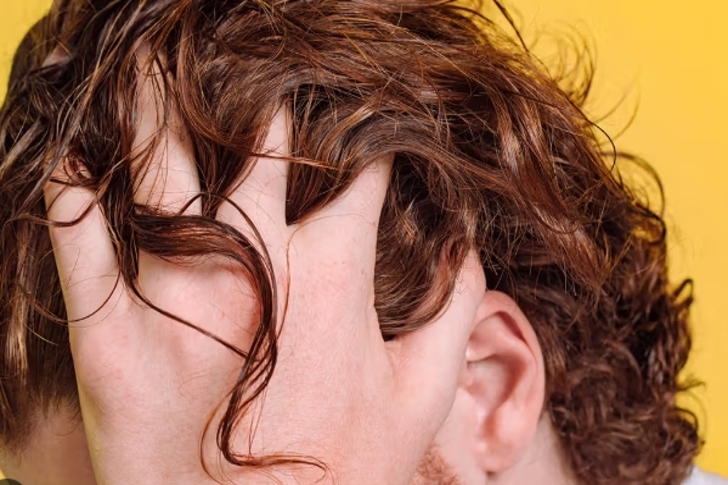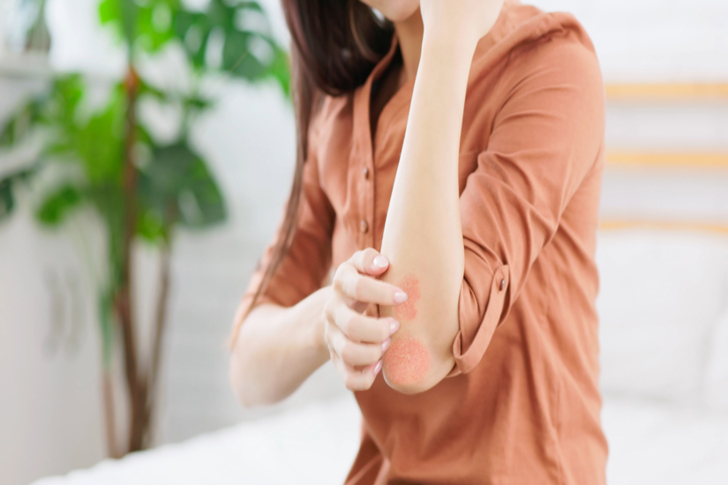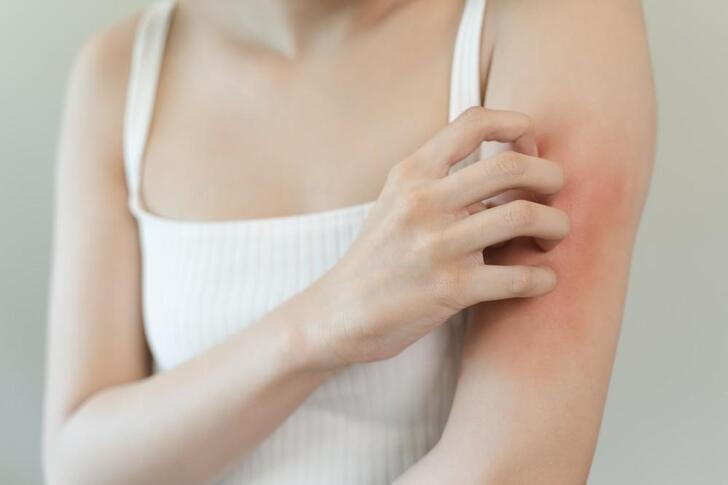What Plaque Psoriasis Looks Like And Treatment Guide
Plaque psoriasis is a common chronic skin condition characterized by inflamed, red patches covered with silvery scales. Understanding its appearance and the available treatment options is essential for effective management.

Introduction
Plaque psoriasis manifests as raised, inflamed, red patches on the skin, covered with silvery scales. It commonly affects the elbows, knees, scalp, and lower back.
Detailed Analysis
Common Signs Of Plaque Psoriasis
| Symptom | Description |
|---|---|
| Red Patches | Raised, inflamed red patches on the skin, commonly found on elbows, knees, scalp, and lower back. |
| Silvery-White Scales | Dead skin cells that build up, creating a silver or white layer on top of red patches. |
| Dry, Cracked Skin | Affected areas may become very dry and crack, sometimes leading to bleeding. |
| Itching and Burning | Intense itching, burning, or soreness in the affected areas. |
| Thickened and Pitted Nails | Nails may become thickened, pitted, or ridged, and in some cases, may lift from the nail bed (onycholysis). |
| Joint Pain and Stiffness | Up to 30% of people with psoriasis develop psoriatic arthritis, causing joint pain, stiffness, and swelling. |
Commonly Affected Areas and Symptoms
| Body Part | Common Symptoms |
|---|---|
| Elbows | Red patches, silvery scales, itching |
| Knees | Thickened skin, scales, discomfort |
| Scalp | Flaky skin, itching, redness |
| Lower Back | Red, inflamed patches, potential for cracking |
| Nails | Pitting, thickening, separation from nail bed |
| Joints | Pain, stiffness, swelling (psoriatic arthritis) |
What Cause Plaque Psoriasis?
Genetic Factors
- Family History: Having a family member with psoriasis significantly increases the risk. About 30% of people with psoriasis have a close relative with the condition .
- Specific Genes: Certain genes are associated with the immune system and its regulation, such as the HLA-Cw6 gene, which is strongly linked to plaque psoriasis .
Immune System
- Autoimmune Response: Plaque psoriasis is an autoimmune disease where the body’s immune system mistakenly attacks healthy skin cells. This triggers an accelerated skin cell production cycle, leading to the buildup of cells on the surface of the skin .
- T-Cells: T-cells, a type of white blood cell, play a critical role. In psoriasis, T-cells are mistakenly activated and become so active that they trigger other immune responses, resulting in inflammation and rapid turnover of skin cells .
Environmental Triggers
Common Triggers
- Infections: Certain infections, such as streptococcal throat infections, can trigger psoriasis flare-ups
- Skin Injuries: Injuries to the skin, including cuts, scrapes, or sunburn, can trigger a reaction known as the Koebner phenomenon, where new plaques form at the site of the injury
- Stress: High levels of stress can exacerbate or trigger psoriasis symptoms
- Climate: Cold, dry weather can worsen psoriasis, while warm, sunny climates might improve symptoms.
Lifestyle Factors
- Diet: While diet alone does not cause psoriasis, certain foods may exacerbate symptoms. Alcohol and a diet high in fatty foods can worsen the condition
- Smoking: Smoking is a risk factor for the development and exacerbation of psoriasis. It can also reduce the effectiveness of treatment
- Medications: Certain medications, such as lithium, beta-blockers, and antimalarial drugs, can trigger or worsen psoriasis symptoms .
Appearance of Plaque Psoriasis
Plaque psoriasis is the most common form of psoriasis, making up about 80-90% of all psoriasis cases. Its distinctive appearance includes:
- Red Patches: Raised and inflamed areas of skin.
- Silvery-White Scales: Dead skin cells build up, creating a silver or white layer on top of the red patches.
- Thickness: Lesions are often thick and can be painful or itchy.
- Size and Shape: The plaques can vary in size and shape, often merging to cover larger areas.
Questions and Answers (QA)
Q: What triggers plaque psoriasis?
A: Triggers can include stress, skin injuries, infections, and certain medications. Genetics also play a crucial role in its development.
Q: Is plaque psoriasis contagious?
A: No, plaque psoriasis is not contagious. It is an autoimmune condition that affects the skin.
Q: Can diet affect plaque psoriasis?
A: Yes, a balanced diet and maintaining a healthy weight can help manage symptoms. Certain foods may exacerbate or alleviate symptoms.
Treatment Options
Topical Treatments
Topical treatments are often the first line of defense for managing plaque psoriasis.
| Treatment | Description | Effectiveness | Affordability (1-10) |
|---|---|---|---|
| Corticosteroids | Reduce inflammation and slow down skin cell turnover. | High | 7 |
| Vitamin D analogues | Slow down skin cell growth. | Moderate | 6 |
| Coal Tar | Reduces scaling, itching, and inflammation. | Moderate | 8 |
| Salicylic Acid | Helps remove scales and smooth the skin. | Moderate | 8 |
Phototherapy
Phototherapy involves exposing the skin to ultraviolet light under medical supervision.
| Type | Description | Effectiveness | Affordability (1-10) |
|---|---|---|---|
| UVB Phototherapy | Narrowband UVB is effective in reducing lesions. | High | 6 |
| PUVA (Psoralen + UVA) | Combines UVA light with a photosensitizing drug. | High | 5 |
Systemic Treatments
Systemic treatments are used for moderate to severe cases and affect the entire body.
| Medication | Description | Effectiveness | Affordability (1-10) |
|---|---|---|---|
| Methotrexate | Slows down cell growth and suppresses the immune system. | High | 5 |
| Cyclosporine | Suppresses the immune system. | High | 4 |
| Biologics | Target specific parts of the immune system. | Very High | 3 |
Analysis of Treatment Affordability
To assess the affordability of plaque psoriasis treatments, consider factors such as medication cost, insurance coverage, and treatment frequency.
Affordability Score Analysis
| Treatment | Cost | Insurance Coverage | Frequency | Affordability Score (1-10) |
|---|---|---|---|---|
| Topical Corticosteroids | Moderate | High | Daily | 7 |
| UVB Phototherapy | High | Moderate | Weekly | 6 |
| Methotrexate | Low | High | Weekly | 5 |
| Biologics | Very High | Moderate | Bi-weekly | 3 |
Additional Insights
Comprehensive Care Approach
A comprehensive care approach for plaque psoriasis includes:
- Regular Monitoring: Frequent check-ups with a dermatologist.
- Lifestyle Changes: Healthy diet, stress management, and avoiding triggers.
- Combination Therapy: Using multiple treatment modalities for better results.
Mind Map: Managing Plaque Psoriasis
Key Areas:
- Diagnosis
- Dermatologist consultation
- Skin biopsy
- Treatment
- Topical agents
- Phototherapy
- Systemic medications
- Lifestyle
- Diet
- Stress management
- Skincare routine
Conclusion
Understanding the appearance and treatment options for plaque psoriasis is crucial for effective management. Combining medical treatments with lifestyle changes can significantly improve the quality of life for those affected.
Sources
Plaque psoriasis is a chronic autoimmune condition characterized by the rapid buildup of skin cells. This buildup of cells creates scales and red patches that are sometimes itchy and painful. Understanding what plaque psoriasis looks like and the available treatment options can help those affected manage the condition more effectively. In this guide, we explore the appearance of plaque psoriasis and four treatment options that can help alleviate its symptoms.












Recent Comments